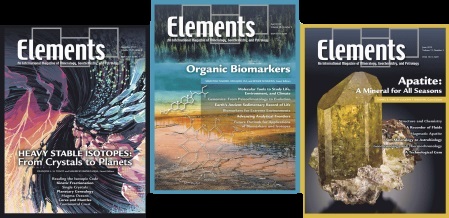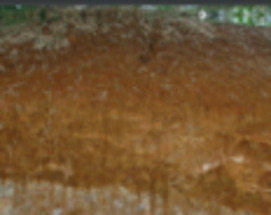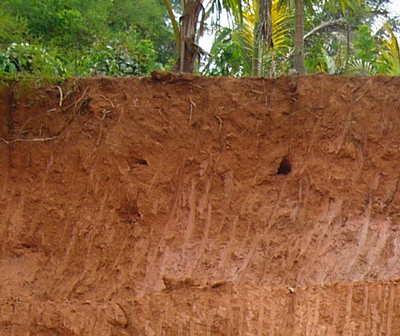Crossing Disciplines and Scales to Understand the Critical Zone
The Critical Zone (CZ) is the system of coupled chemical, biological, physical, and geological processes operating together to support life at the Earth’s surface. While our understanding of this zone has increased over the last hundred years, further advance requires scientists to cross disciplines and scales to integrate understanding of processes in the CZ, ranging in scale from the mineral–water interface to the globe. Despite the extreme heterogeneities manifest in the CZ, patterns are observed at all scales. Explanations require the use of new computational and analytical tools, inventive interdisciplinary approaches, and growing networks of sites and people.
Crossing Disciplines and Scales to Understand the Critical Zone Read More »



